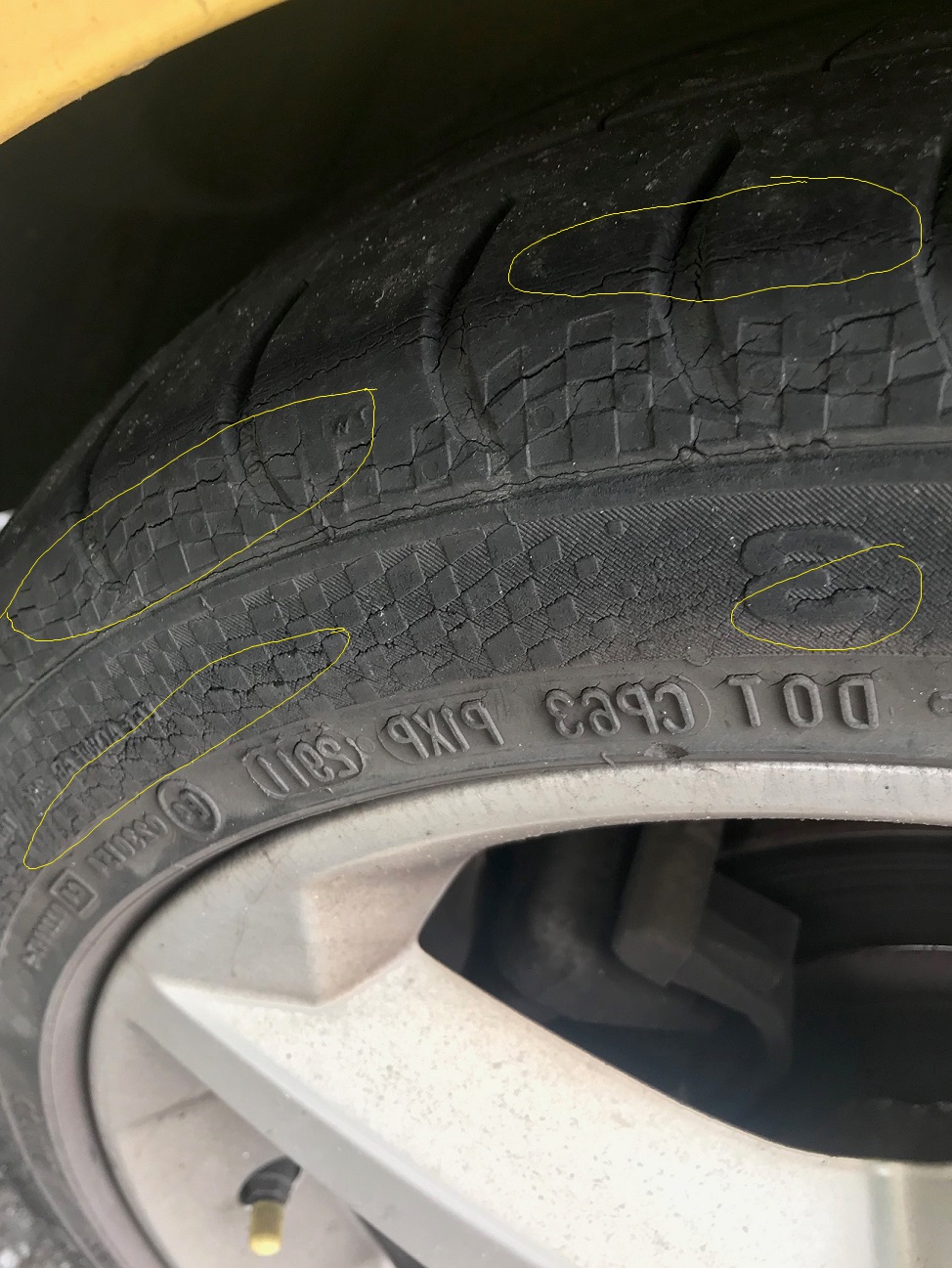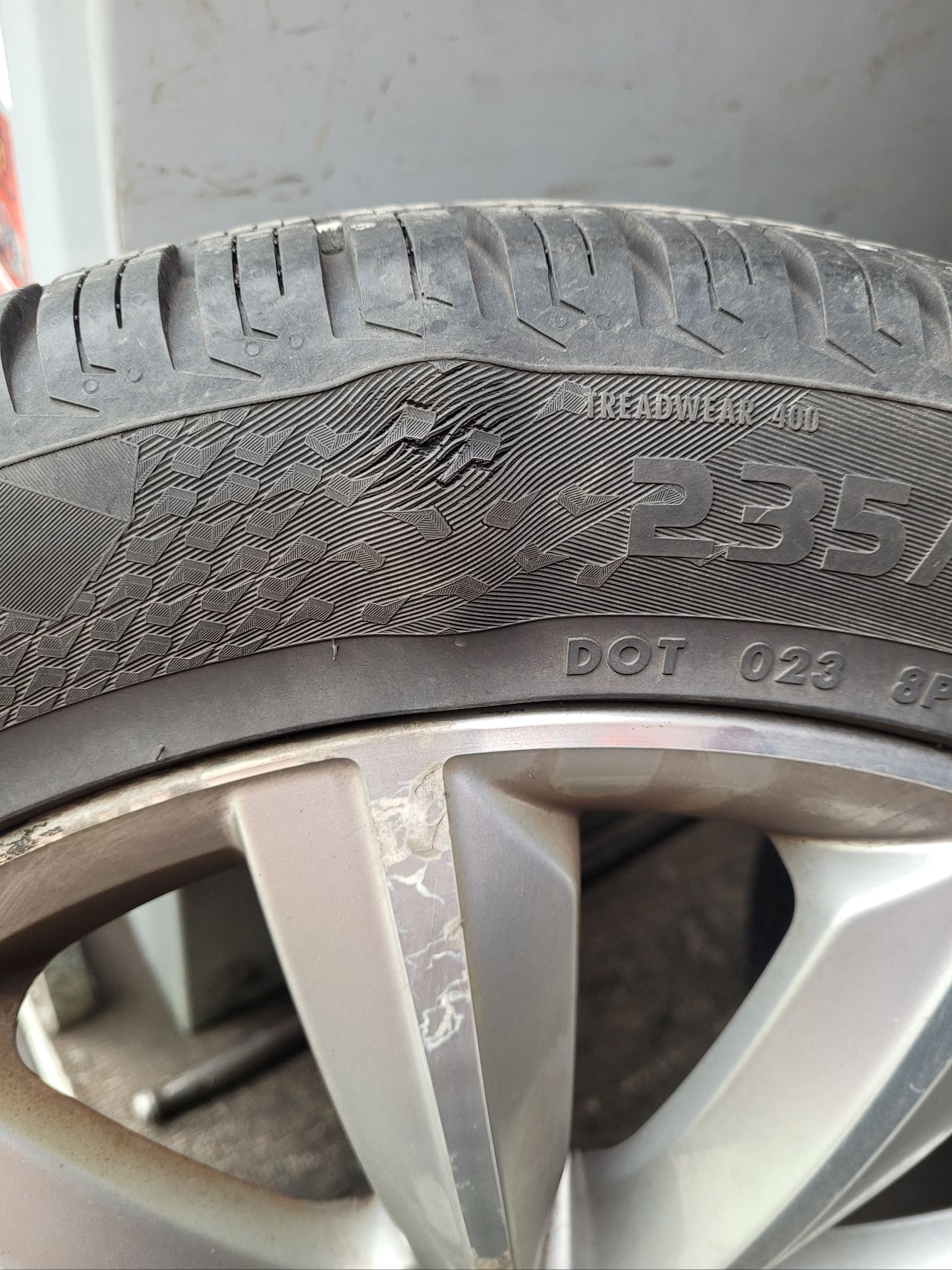Tyre Checks
-
14 Jul 2022
-
Robyn Hamilton
-
road safety Tyre Checks
3 Free Tyre Checks You Can do at Home to keep your Tyre's Safe & Legal
A new study has now found that 1 in 5 UK motorway breakdown (41,500 breakdowns) are caused by tyre issues - hence we're supporting National Highways summer tyre checks campaign with an updated 3 step guide of tyre checks you can easily perform before than next journey!
Did you know the area of your tyre in contact with the road at any one time is only the size of your palm. You can find a full in-depth list of tyre checks you should perform monthly over here
Step 1 - Check your Tyre Pressure
As that old physics rule goes, heat and weight (load) directly effect pressure. So before setting off on a long journey check your pressures. Even a 10% difference will cause excess fuel consumption, premature tyre wear and potentially even a blow out if the pressure is too high due to the heat - yeah even in the UK! Oh, and don't rely on the car doing it for you, they often pickup issues days after the initial problem and often too late!
Handy tool: We've developed a tool to help you check your ideal Tyre Pressures. Simply enter your make and model and we will show you the perfect tyre pressure for your vehicle.
Step 2 - Check your Tyre Tread
There are several ways to check the tread depth of your tyre. First ensure that the ignition is off, the handbrake is on and the steering is in full lock.
Tread Wear Indicator
All tyres have a Tread Wear Indicator, tiny bumps within the grooves of the tyre. You should find them in several locations around the circumference of the tyre. These bumps are set at the minimum legal tyre tread level (1.6mm), so if your tread is lower than any of these bumps or flush with them, you definitely need to replace the tyre. No further checking is necessary, get that tyre changed straight away.
Using a tread depth gauge
A tread depth gauge is a simple gadget that can bought for just a few pence but it’s very useful. Insert the gauge into the tread and check that your tyres are at the correct depth. Don’t forget to repeat this in several places around the circumference of the tyre. Digital tread gauges are also available and they’re quite inexpensive too.
The 20 pence trick
If you don't have a tread depth gauge, all you need is a 20 pence piece!
All you need to do is insert your 20p into the tread groove. You’ll notice there’s a band that runs all round the coin. When inserted, if you can see that band on the edge of the coin that is in the groove, your tyre is below the legal limit and needs to be replaced. Again, remember to repeat this in several places around the tyre.
Watch this handy YouTube video from Ford UK to see exactly how this technique works.
Step 3 - check your Tyre Condition for Age, Cracks and bulges
Find out how old your tyres are
Tyres deteriorate with age. Contrary to what you might think, it’s actually the case that a vehicle that is used less often could have tyres that deteriorate more quickly.By looking at the sidewall of the tyre you’ll see four numbers, usually after the word DOT. This is the week number and the year number the tyre was manufactured, so 1218 would be a tyre manufactured in the twelfth week of the year 2018. If that tyre is over 5 years old you really should think about a new one!
The below tyre is a perfect example, at the time of the picture in August 2019 the tyre is nearly 8 years old having been produced in the 29th week of 2011. While the tread is still above 1.6mm, the side wall and areas of the tyre surface have cracked resulting in a decreased stopping distance and a likely MOT failure.
Tyre Bulges
Tyre Bulges can often be subtle, hence it's important to check both the outer sidewall as well as getting down on your hands and knees and checking the inside sidewall. Check for anything "wavy" or protruding from the sides. If so, stop there and have the tyre replaced now - damage like this is terminal and will cause a blowout! The below picture is a perfect example of a tyre that needs changed urgently, it was probably caused by hitting a pothole, kerb or speed-bump too hard - resulting in the internal structure breaking.





